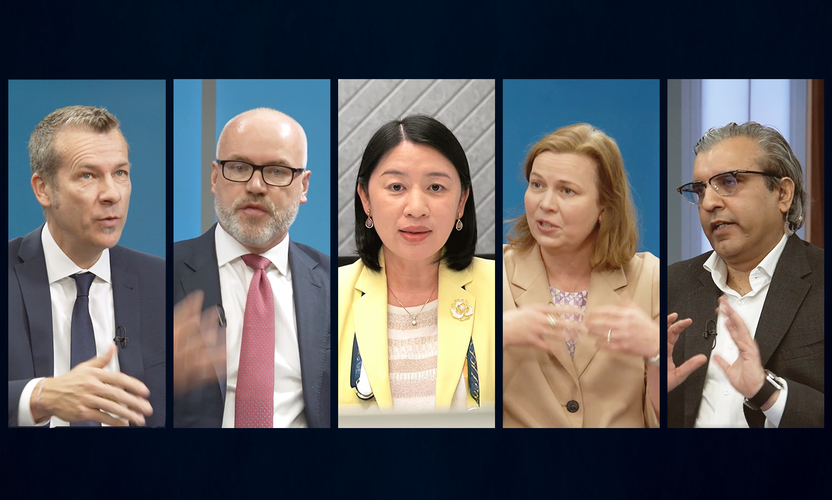A garment manufacturing boom in Bangladesh sees billions of pieces of clothing exported each year. Chances are that anyone who has bought clothing from a large fashion brand in recent years owns something made in Bangladesh. The South Asian country now ranks as the world’s biggest garment exporter after China, with annual outbound shipments surging about 50 per cent over the last two years to nearly $47 billion.[1]
The Bangladeshi garment sector directly employs about 4 million workers and indirectly affects the livelihood of ten times more people in the country. It is clear that the welfare of these workers plays an important role in the sustainability of global fashion supply chains.
I recently visited some garment factories and workers’ homes in Dhaka, the capital of Bangladesh, gaining first-hand knowledge of their working and living conditions. These factories supply apparel to some of the largest European brands.
While I saw clean and modern-looking workplaces and factory floors, I also witnessed strikingly poor conditions at some of their homes. Despite the garment boom, some workers are earning barely enough to meet the very basic needs in daily life. One lady I spoke with said she and her husband together make 21,000 takas ($193) per month in the factories. While it’s above the legal minimum wage of around 8,000 takas per worker per month, it nevertheless leaves them with only about 4,000 takas after rent, food and other basic expenses. It’s not enough to look after their three kids, who live separately with their grandparents.
For me, the trip is another reminder of how far away we are from achieving sustainable fashion. In the ready-made garment (RMG) industry, it’s the brands that call the shots. The supply chain is highly competitive and operates on wafer-thin margins, leaving very little room for spending on environmental protection or boosting workers’ wages.
How can we build a more sustainable apparel industry? Different stakeholders have different roles to play, including asset managers. At Fidelity International, one way we do this is by engaging directly with brands over environmental, social and governance (ESG) practices throughout their supply chains. That means understanding how brands execute their sustainable workplace strategies on the ground - everywhere they operate - and especially how they react to specific concerns from manufacturers and workers.
Efforts to improve on one area of ESG — for instance, on the environmental standards of factories — must be viewed holistically so that they don’t detract from progress in other areas, like workers’ welfare. After all, improving sustainability throughout the garment industry supply chain cannot be treated as a zero-sum game.
[1] According to data compiled by the Bangladesh Garment Manufacturers and Exporters Association








































